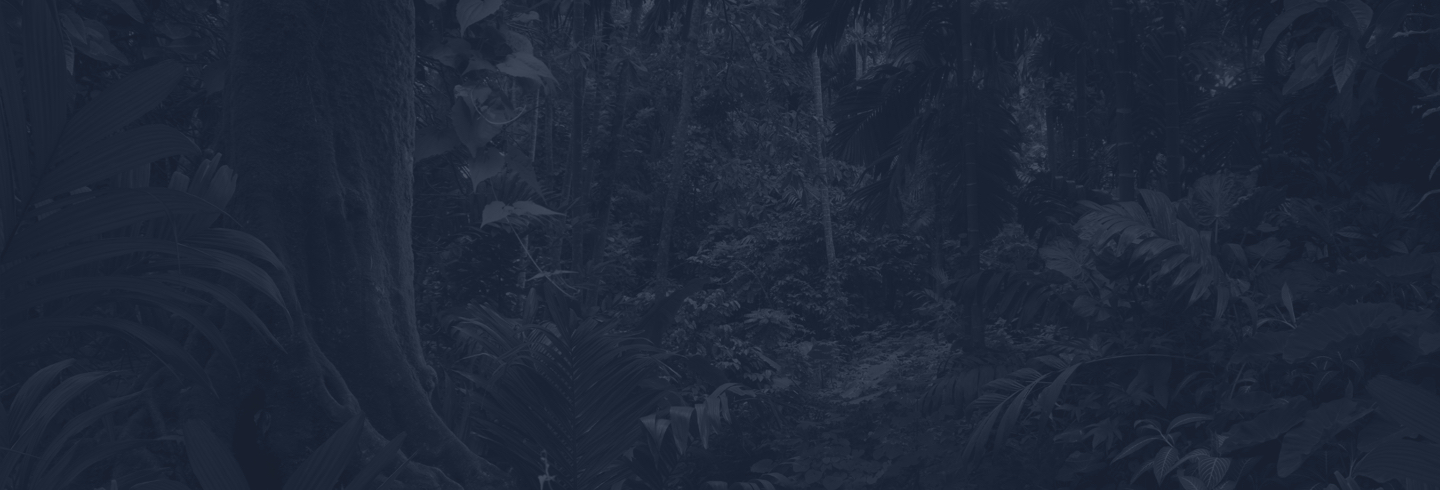Notes from the Field: Finding a Human-Nature Balance in the Pantanal
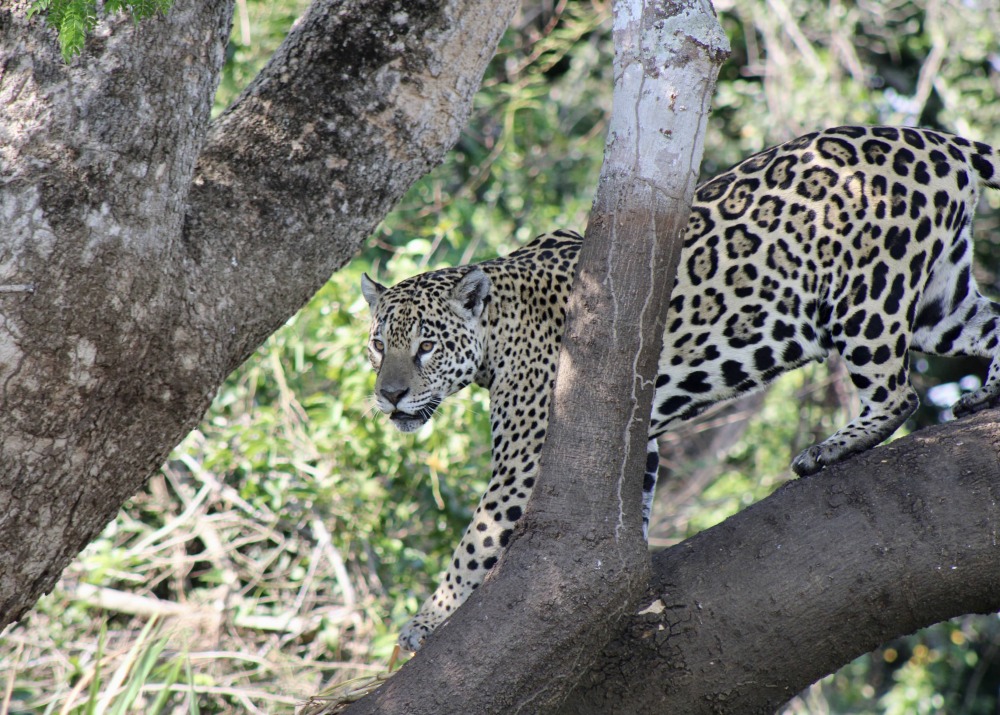
Life in the world’s largest wetland relies on the ebb and flow of two seasons. For half of the year, rains flood the rivers of the Pantanal, a lush basin in the center of South America, and water covers 80% of the landscape. In the dry season, water remains a driving force, as 180 million liters flow through the wetland each day.
Agriculture and cattle ranching have shifted the natural balance of the Pantanal for nearly a century. In recent decades, urban development has accelerated these changes, and the Pantanal has lost 30% of its water volume. The global climate is shifting, too, intensifying floods, fires, and droughts.
“Preserving the Pantanal requires a multi-layered strategy,” said James Lewis, Rainforest Trust’s VP of Conservation. “It is a complex landscape where people and nature have to find a balance, and we need to offer a suite of different tools.”
Last summer, James joined a team of staff and donors who visited a variety of protected areas created with Rainforest Trust support in the Pantanal. These included a private reserve created by a landowner, a multi-family-owned plantation that transitioned to eco-tourism, and state-protected lands. While each approach takes a different pathway to conservation, James reflected on a shared commitment to conservation among the people who work to preserve this unique landscape.
“We saw passion and dedication from every angle,” he said.
A Safe Haven for Wild Cats
Rainforest Trust was one of the first international organizations to invest in the creation of protected areas of the Pantanal. In 2013, with our partner Panthera, we helped transition a private ranch to a conservation area that now protects 24,640-acres in the heart of the wetland. Today, this is Panthera’s base at the Jofre-Velho Conservation Ranch, where they protect wild Jaguars through research, eco-tourism, and collaboration with local communities, including ranchers. The conservation ranch connects with two other protected areas, Encontro das Águas State Park and Dorochê Ranch Natural Private Protected Area, to preserve habitat over 345,600 acres.
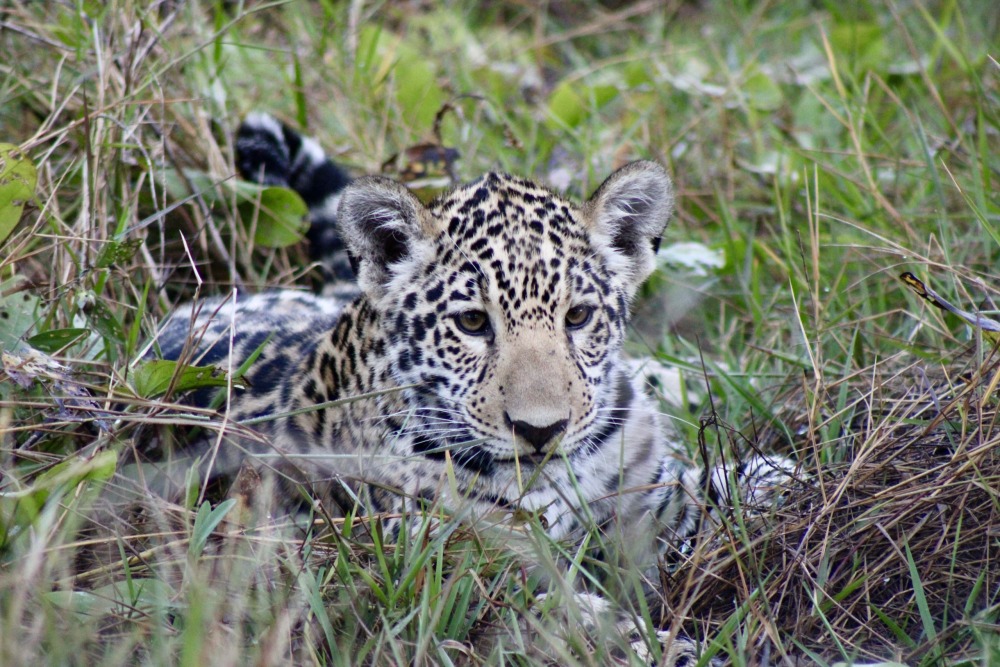
Our partnership with Panthera began in Brazil, and it has expanded around the world to safeguard strongholds for wild cats—from Ocelots in Honduras to Tigers in Malaysia. In the Pantanal, Jaguars reign supreme. They sit atop the food chain as the largest feline species in the Americas, and this wetland sustains the greatest concentration of Jaguars in the world.
When the travelers visited field sites, “I was struck by the density of wildlife,” said Andrea Carneiro, Rainforest Trust’s Conservation Strategist for Latin America. “In the Amazon,” she reflected, “it is very difficult to see large animals up close, and you almost never get a chance to see a Jaguar. But it’s the opposite in the Pantanal.” Once, on the river, James recalled, a female Jaguar swam between their boats! While acutely aware of the humans’ presence, she seemed undisturbed in her natural habitat.
One morning, James and a small group spent an hour and a half following a mating pair of Jaguars. The gravity of the moment was a rare departure from the daily concerns of urgent, large-scale land conservation. “At one point, the male must have been six feet from me.” James recalled. “There was nothing between me and this Jaguar and his power.”
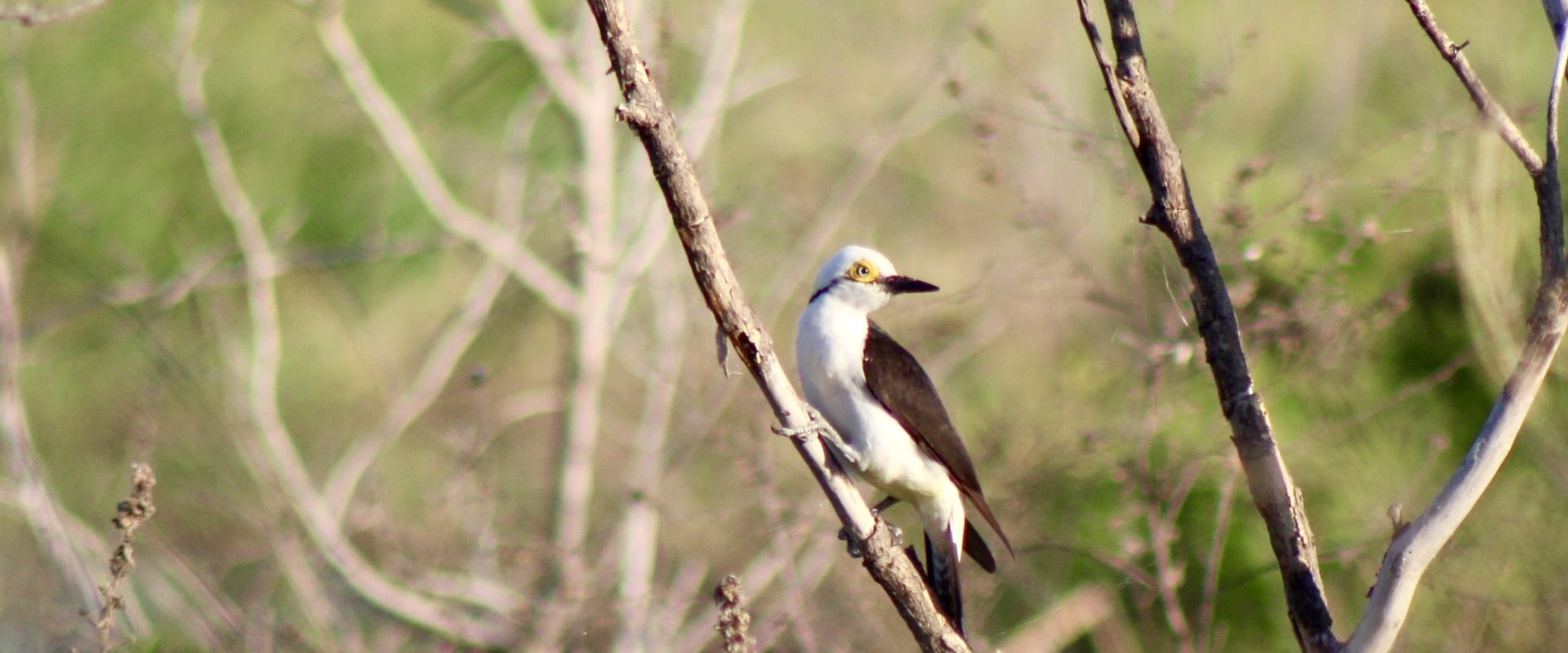
White Woodpecker in the Pantanal by Andrea Carneiro
Wildfire in the Wetland
The excursion was guided by another local partner, Onçafari, and the jeep’s slow crawl was in sharp contrast to the former pace of its founder, Mario Haberfeld, who once raced Formula 1 cars. After retiring, he created Onçafari to accelerate conservation throughout his homeland of Brazil. Instead of speeding around racetracks, Mario now methodically follows the tracks of Jaguars.
Our project with Onçafari will support the government’s establishment of Taquari Wetlands State Park in the Pantanal. In addition to protecting 326,179 acres of habitat for Jaguars and other vulnerable species, the project will support a fire-response team to address this growing threat.

In 2024, a severe drought caused record-breaking wildfires in the Pantanal, which burned more than 3 million acres. Wildfire is a natural occurrence, even in this wetland. But the hyper-destructive events of last year should only occur every 150 years. Because of climate change, scientists estimate these conditions and their consequences could now strike the Pantanal every 35 years.
Fire destroys habitats for species that live in the Pantanal, like Jaguars, and also for those passing through. In the dry season, this wetland is a critical stopover site for migrating birds. On the team’s visit, James checked several species off his birding “life list,” like the Jabiru stork, which travels between Mexico and Argentina in pursuit of food and shelter. He also spotted the Greater Rhea, a flightless bird that stands up to five feet tall. Resident birds caught Andrea’s eye, like a White Woodpecker and several species of macaws, some that she had only seen in cages, like the Hyacinth Macaw.
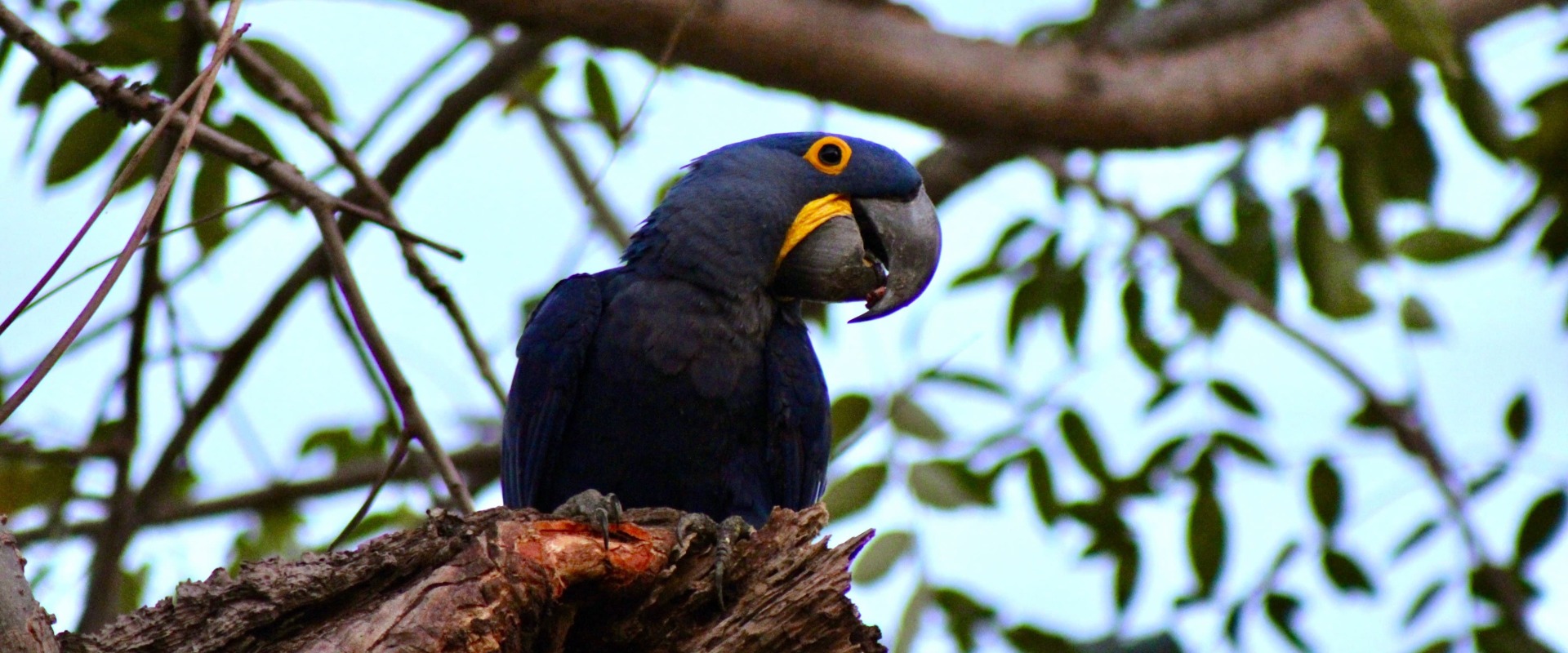
Hyacinth Macaw in the Pantanal by Andrea Carneiro
Conservation for Nature and People
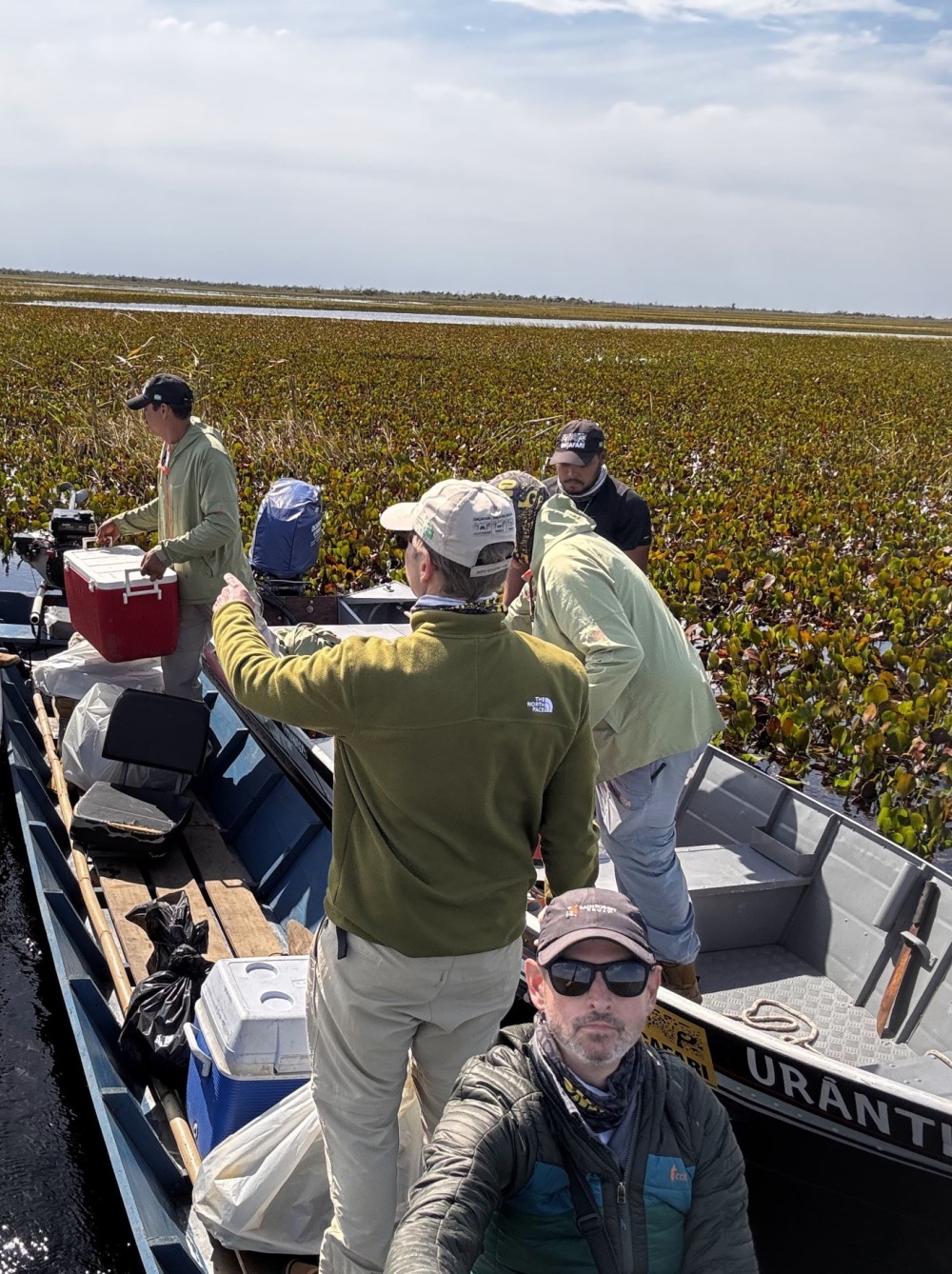
The Pantanal covers over 43.5 million acres across Brazil, Bolivia, and Paraguay. Significant portions remain relatively pristine, yet less than 5% is protected. In a vast and complex landscape, approaches to conservation must reflect the diversity of the ecosystems and species that sustain the Pantanal.
An emerging tool called “Other Effective Area-Based Conservation Measure (OECM)” areas offers one alternative to formal protection. OECMs denote areas where ongoing activities contribute to biodiversity conservation, even if that is not the primary goal. Eco-tourism, for example, can provide locals the opportunity to care for the land while generating income. In some former agricultural areas that are now flooded and unproductive, Brazilian farm workers have transitioned to be caretakers and wildlife guides.
This need for local expertise and equitable governance will continue to grow, as the Pantanal has become a popular eco-tourism destination, second in the region to the Galapagos Islands. Strong management plans are another crucial tool to ensure efficient, effective conservation across public and private protected areas.
“The human perspective really brings it home,” Andrea said. “The intent on a trip like this is to be in nature, to be in these wild spaces. But in the end, it really comes back to people.”
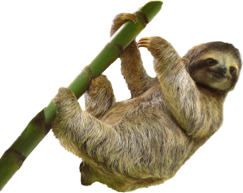
Sign up to receive the latest updates
"*" indicates required fields

